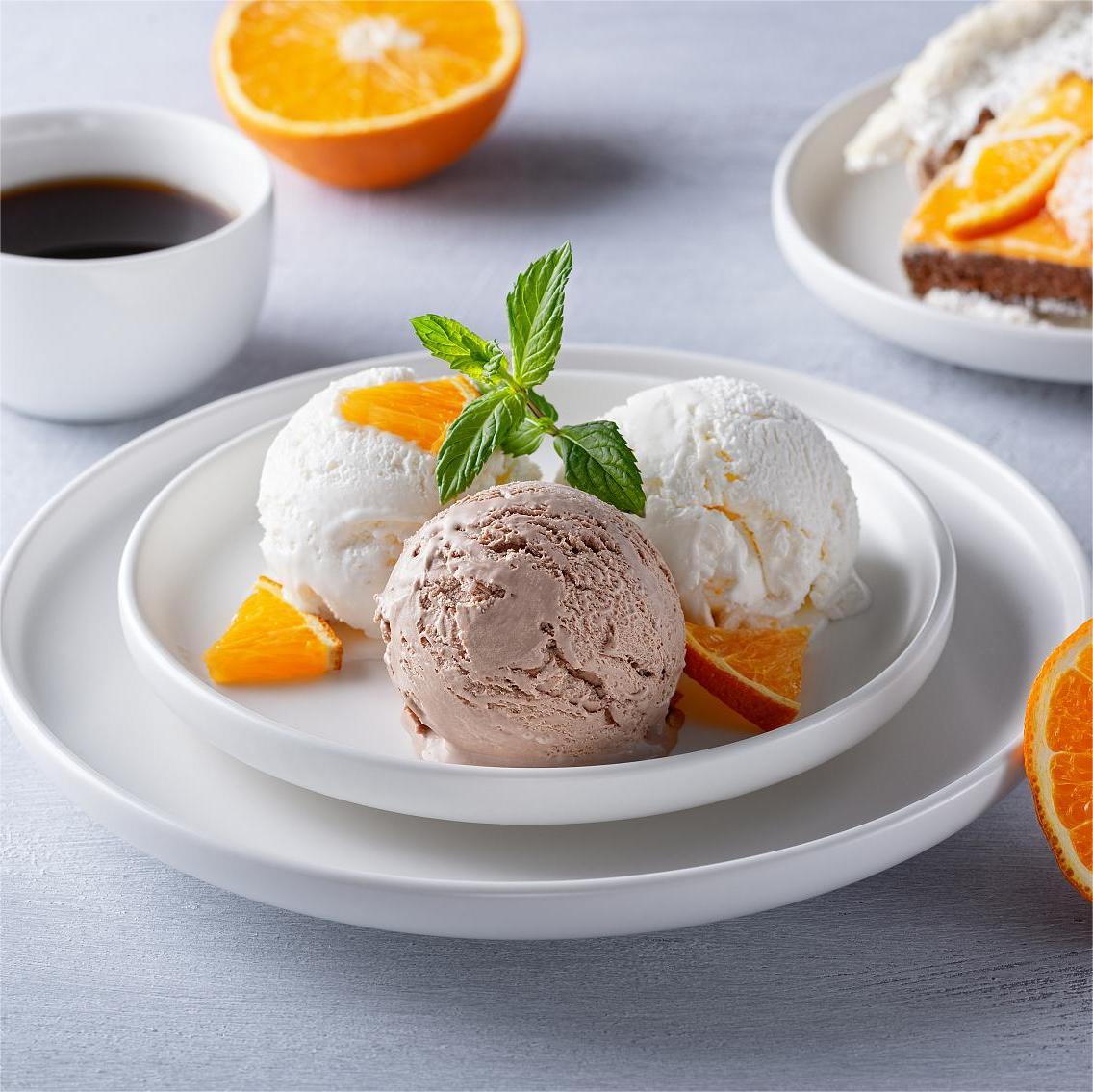Main Products

Vanillin, chemical name 3-methoxy-4-hydroxybenzaldehyde, is an organic compound extracted from the vanilla bean of the ruticaceae family. It is white to slightly yellow crystal or crystalline powder, slightly sweet, soluble in hot water, glycerin and alcohol, and not easily dissolved in cold water and vegetable oil. The aroma is stable and not volatile at higher temperatures. It is easy to oxidize in the air, and it is easy to change color when encountering alkaline substances.
Description
Vanillin has the aroma of vanillin bean and rich milk aroma, which plays the role of enhancing aroma and fixing aroma. It is widely used in cosmetics, tobacco, pastries, confectionery and baked goods and other industries. Vanillin is one of the world's largest synthetic flavor varieties. The recommended dosage of vanillin in the final flavoured food is about 0.2-20000mg/kg. According to the regulations of the Ministry of Health, vanillin can be used in older infants, infant formula and infant cereals (except infant formula cereal), with the maximum use of 5mg/mL and 7mg/100g, respectively. Vanillin can also be used as a plant growth promoter, fungicide, lubricant defoamer, etc., and is an important intermediate in synthetic drugs and other fragrances. In addition, it can also be used as a polishing agent in the electroplating industry, as a ripening agent in agriculture, as a deodorant in rubber products, as an anti-hardener in plastic products and as a pharmaceutical intermediate, etc., and is widely used.
Function
Bacteriostasis
Vanillin is a natural bacteriostatic agent, which is often combined with other bacteriostatic methods in food field, and the bacteriostatic effect of vanillin on different strains is different. The inhibitory effect of vanillin is related to its concentration and pH value. Higher vanillin concentration and lower pH value are conducive to improving the inhibitory effect of vanillin. The inhibitory effect of vanillin on different strains is different, and the inhibitory effect of vanillin on E. coli is better than that of other strains. Vanillin can inhibit a variety of yeast, and high concentration of vanillin can improve its antibacterial effect, but high concentration of vanillin can not kill yeast immediately. The composite fresh-keeping method realizes the synergistic effect between fresh-keeping agents (or fresh-keeping methods) and is a generally accepted fresh-keeping method for fruits and vegetables.
Vanillin also plays an important role in assisting bacteriostasis and sterilization. At this stage of the production process, hot sterilization is still the most common sterilization method in juice processing, and its treatment methods are generally pasteurization and high temperature instantaneous sterilization. Traditional sterilization methods often lead to the destruction of nutrients in fruit juice, product Browning and other problems.
Antioxidant
The mechanism of action of antioxidants with similar structure is different. Vanillin accelerates the scavenging of free radicals mainly through the oxidation product vanillin. The antioxidant effect of vanillin can significantly extend the shelf life of oily foods and cover up the rancid taste.
Product specification
|
Product Name |
vanillin Vanillin |
|
model |
CasNo.121-33-5 |
|
colour |
White to pale yellow |
|
purity |
≥99.5% |
|
appearance |
Crystalline Powder |
|
type |
flavour&fragrance |
|
CAS No. |
121-33-5 |
|
Molecular weight |
152.15 |
|
Molecular formula |
C8H8O3 |
|
Specifications |
25kg paper drum |
|
Transport packaging |
Fiber drum |
|
Origin |
China |
|
EINECS |
204-465-2 |
|
Transportation time |
Fast shipment 3-5 days after payment |
|
Customs clearance capability |
100% Double clearance |
